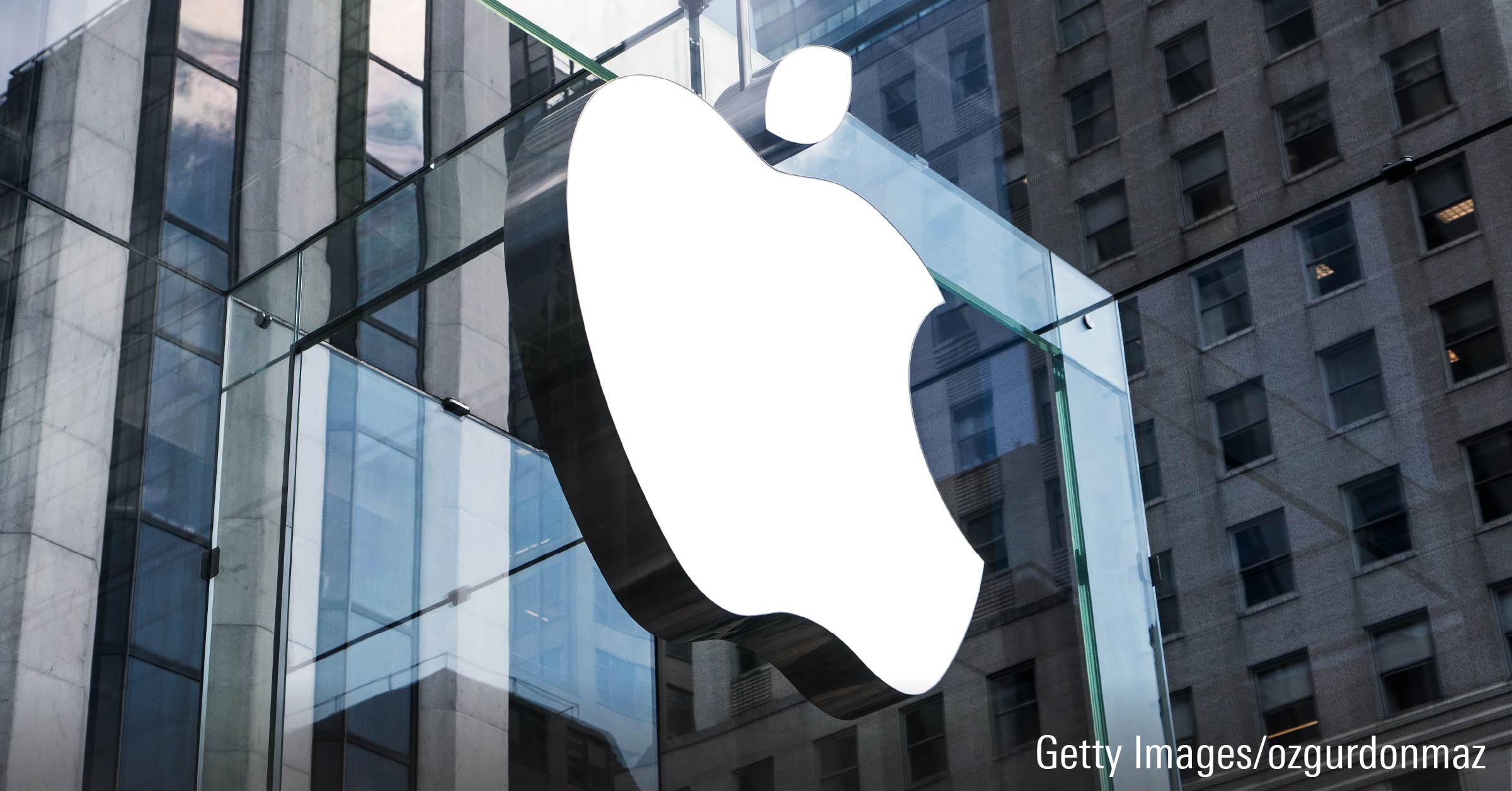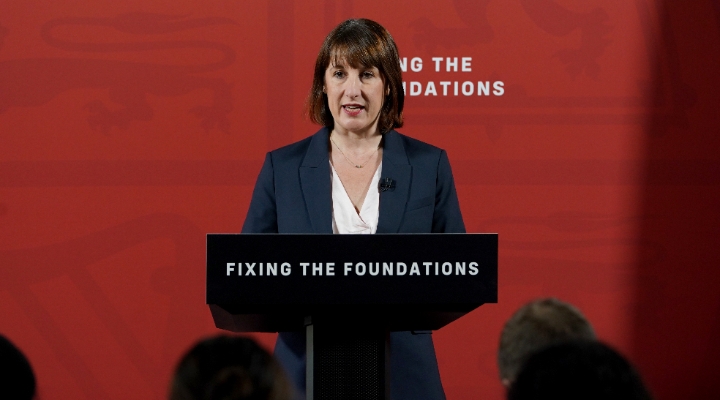Hello and welcome to Morningstar’s Guide to Investing. In the series so far we have worked out how much you can afford to invest – and where you should put it to maximise your pension pot.
In this, the fifth and final video of the series we look at investing past retirement. We know that the majority of you visiting Morningstar UK are investing for retirement – but what happens when you get there?
In the past, pension providers were forced to de-risk scheme members’ portfolios in order to match the underlying assets in an annuity. This meant that as you approached retirement your portfolio would be swapped out of equities entirely and into cash and gilts – minimising the risk to your capital, but also minimising returns.
However, the rules have changed. As of April 2015 it is no longer a necessity to buy an annuity in retirement, and as a result what is in your pension pot can change too. Instead of automatically turning to cash or gilts, those approaching pension age should consider the longevity of their retirement – it could last as long as your working life.
This multi-decade investment horizon means investors post-retirement should consider a small allocation to higher risk assets with the potential for higher returns to maximise their pot.
What are your retirement needs? Do you wish to withdraw a lump sum at any point or have a regularly paid income? If you require a lump sum, keep a proportion of your portfolio in low-risk liquid assets which prioritise capital preservation. If you need a regular income, why not use part of your pension pot to buy an annuity – it is the only financial product that guarantees a lifetime income.
Why not use the remainder to build a portfolio invested in dividend paying stocks and high grade corporate bonds? Multi-asset income funds can do the asset allocation for investors without the time or inclination.
An important part of investing in retirement is estate planning. Make a will, appoint an executor and consider who you would like to act as power of attorney should one be required. Gifting up to £3,000 a year to friends and family and charitable giving will reduce inheritance tax liabilities.
You can’t afford to make mistakes at this stage, so if in any doubt consult a trusted adviser.
If you have any queries about this video, or any of the videos featured in our How to Invest series, go to Morningstar.co.uk.





























